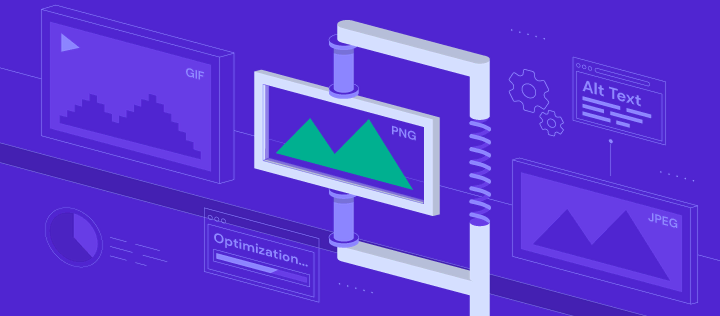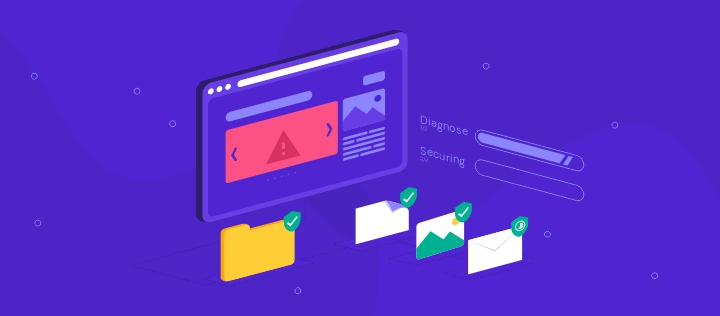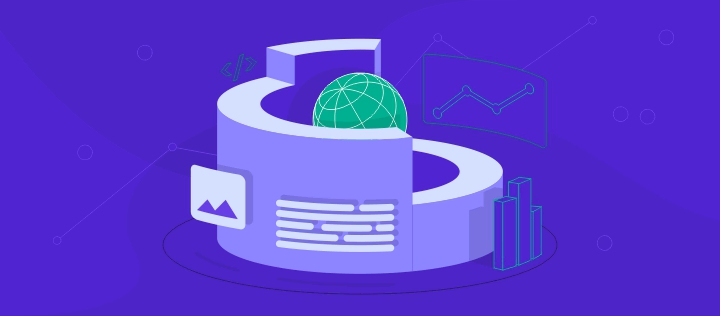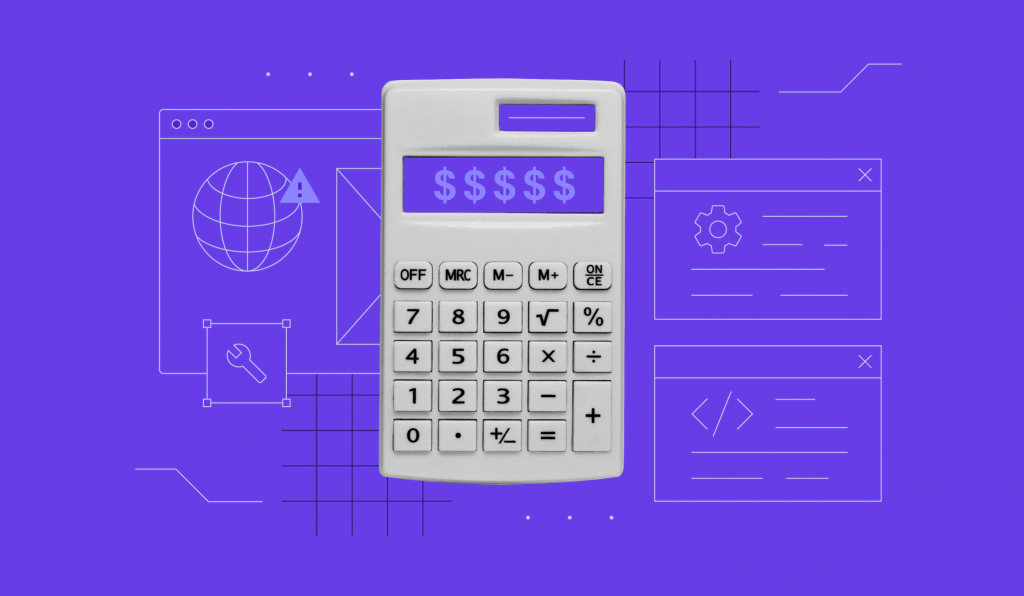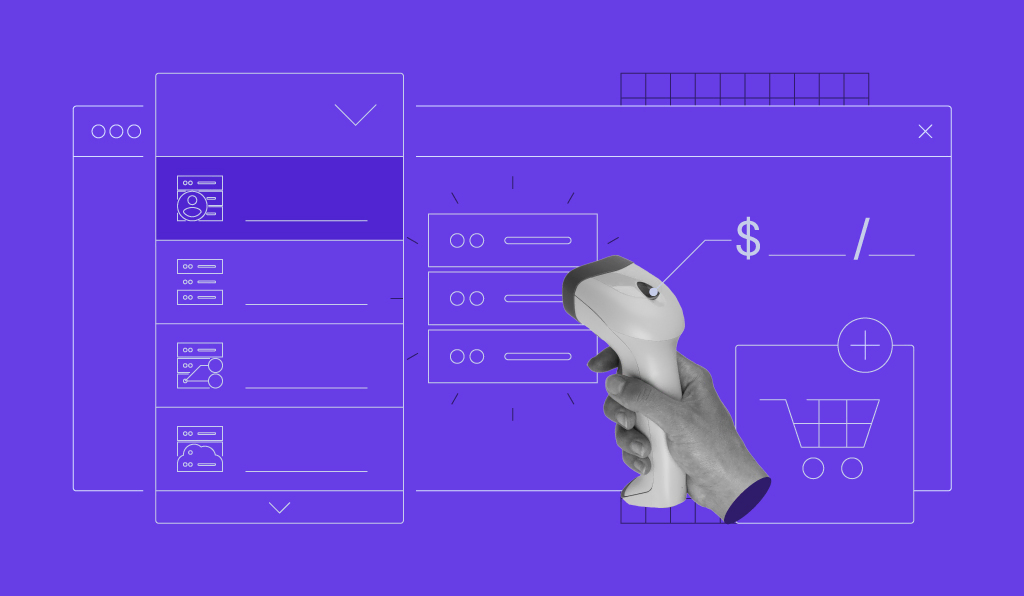Complete guide to image optimization for better website performance
Image optimization, in general, aims at making images more efficient for web use. Properly optimized images lead to faster page load times, ensuring...
Top 10 best programming languages to learn in 2025
Choosing the best programming language to learn ultimately depends on your goals, as each has its strengths and ideal use cases. Here are five of the...
How to diagnose and fix a hacked website: A complete guide for 2025
The rapid evolution of technology coincides with the rising number of cybersecurity threats. With 30,000 websites falling victim to hackers every day,...
What is web hosting – web hosting explained for beginners
Web hosting is an online service that makes your website’s content accessible on the internet. When you purchase a hosting plan, you are renting...
Website optimization: top 10 strategies to improve speed, UX, SEO + tool suggestions
Website optimization strategies help increase site traffic and conversions. Besides search engine optimization (SEO), we will go over other website...
How much does it cost to build a website in 2025?
Building a new website can cost anywhere between less than $100 to several thousand dollars a year. The exact cost of making a website will depend on...
Website maintenance cost: Hiring a professional vs self-maintenance
Website maintenance cost varies depending on the platform, features, and services. Understanding your needs will help you create a proper website...
How much website hosting costs in 2025, based on hosting types
Web hosting costs range from a few dollars to hundreds of dollars per month, depending on the type and resources. Shared hosting is the most...
14 best domain name generators to find the perfect domain
Your domain name is your digital storefront: it’s often the first impression potential customers have of your business online. A strong,...
